WORD CAFE EVENT ARCHIVE
OWEN KING 10/15/15
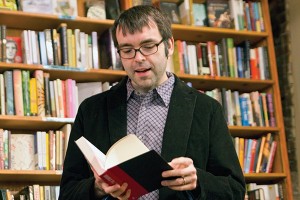 Novelist and graphic novel collaborator Owen King treated us all to a reading from his novel Double Feature, in which his hero Sam endures a classroom visit by his father, B-movie icon Booth Dolan. Regaling the youngsters with his philosophy of youth and maturity as a double feature, Booth reminds them that “make-believe is important” and invites them to try on his collection of rubber character noses.
Novelist and graphic novel collaborator Owen King treated us all to a reading from his novel Double Feature, in which his hero Sam endures a classroom visit by his father, B-movie icon Booth Dolan. Regaling the youngsters with his philosophy of youth and maturity as a double feature, Booth reminds them that “make-believe is important” and invites them to try on his collection of rubber character noses.
Nina read another short passage from Double Feature, describing the video store where Sam works, with its rigid division between a lovingly curated Auteur section and disdain-inducing Commercial Fare. Does the same high art/low art divide apply in literature? How do we reach across the aisle?
Owen talked about making characters three-dimensional by presenting their flaws and the trap of liking your hero or heroine too much, so that they become more wish-fulfillment than human being. We also talked about character names. Owen often uses first or last names from old memorials and tombstones; Nina keeps a running list of names from New York cabdriver licenses.
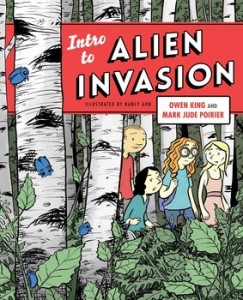 Owen’s latest book is Intro To Alien Invasion, a graphic novel written in collaboration with his screenwriting partner Mark Jude Poirier and illustrated by Nancy Ahn. Owen compared graphic novel scenarios to screenplays, with the artist becoming “the whole movie production in one.”
Owen’s latest book is Intro To Alien Invasion, a graphic novel written in collaboration with his screenwriting partner Mark Jude Poirier and illustrated by Nancy Ahn. Owen compared graphic novel scenarios to screenplays, with the artist becoming “the whole movie production in one.”
Boiling a story down to essentials and single-frame images is a good way to practice economy; Owen said it’s helped him to make “ruthless transitions” in his fiction. Nina compared chapter and line breaks in fiction to “Cut To” in film. They allow you to jump freely from one point of view, time, or location to another.
THE EXERCISES:
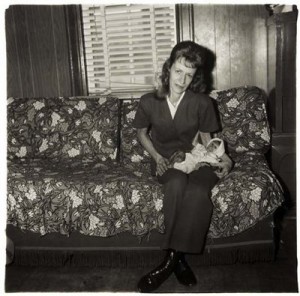
Owen passed out xeroxes of Diane Arbus portrait photos, asking participants to choose one and write a short piece in first person, addressing the following:
— Something surprising about the character
— A beloved memory
— A sincere regret
In honor of Double Feature’s satyr/janitor, Nina suggested writing about a mundane encounter with someone–shoe-store clerk, bank teller, dental hygienist–in which that person becomes a mythological character.
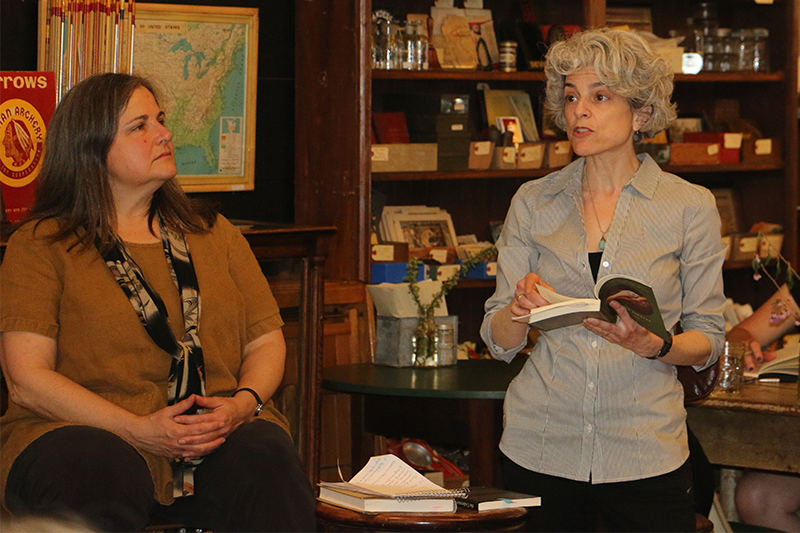 Novelist
Novelist 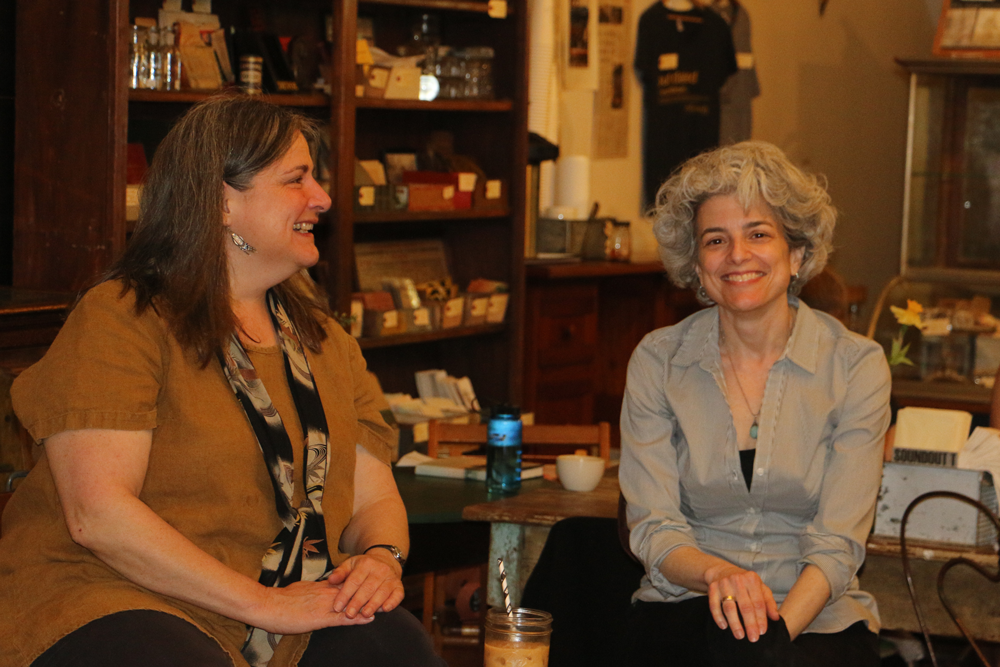 The Virgins is narrated in first person by someone who uses third person to narrate scenes that he couldn’t have been privy to–Bruce is recreating the story of Seung and Aviva, for reasons that become evident as the story unfolds. This unusual narrative strategy was inspired by James Salter; Pamela named an English teacher at her fictional school after him in homage.
The Virgins is narrated in first person by someone who uses third person to narrate scenes that he couldn’t have been privy to–Bruce is recreating the story of Seung and Aviva, for reasons that become evident as the story unfolds. This unusual narrative strategy was inspired by James Salter; Pamela named an English teacher at her fictional school after him in homage.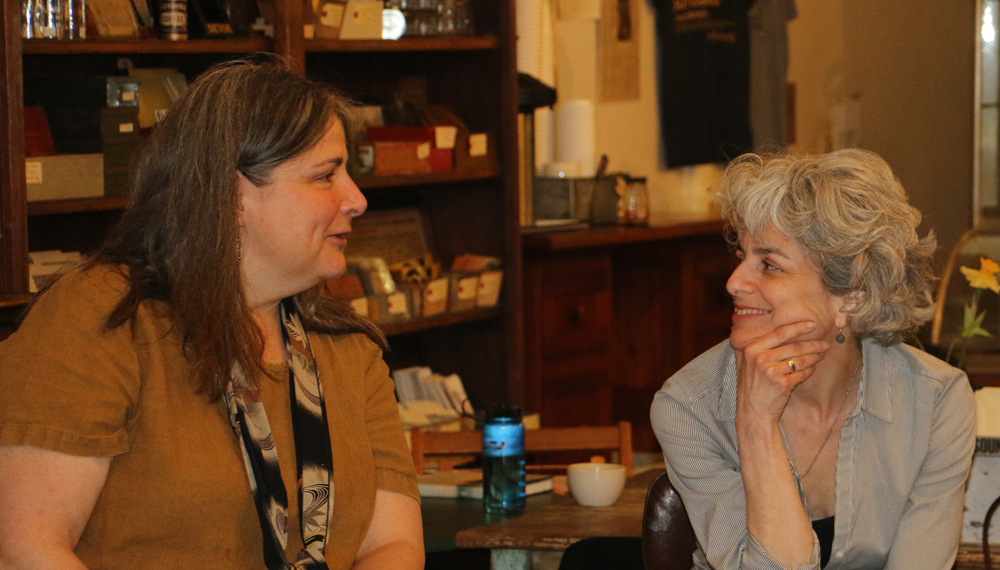 There were some excellent questions from the group, including a discussion of writing first-person narration from the point of view of someone who wouldn’t have a sophisticated literary vocabulary, for instance a teenager. Pamela’s advice? “Don’t worry about it. The voice of a story is never identical to the voice of a character. It’s a translation of what that character is thinking and feeling. Prose that’s written as we really talk is not that interesting most of the time. Readers will always go with you if give more richness to the language.”
There were some excellent questions from the group, including a discussion of writing first-person narration from the point of view of someone who wouldn’t have a sophisticated literary vocabulary, for instance a teenager. Pamela’s advice? “Don’t worry about it. The voice of a story is never identical to the voice of a character. It’s a translation of what that character is thinking and feeling. Prose that’s written as we really talk is not that interesting most of the time. Readers will always go with you if give more richness to the language.”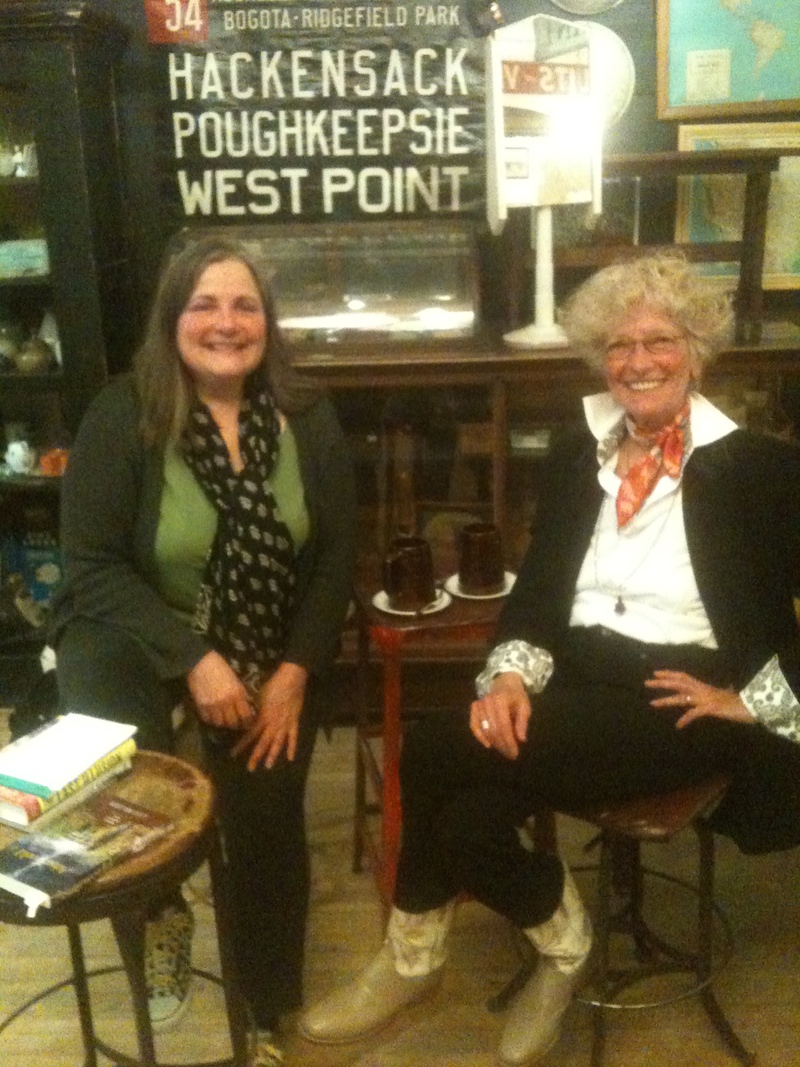 Lois Walden’s reading from her novel
Lois Walden’s reading from her novel